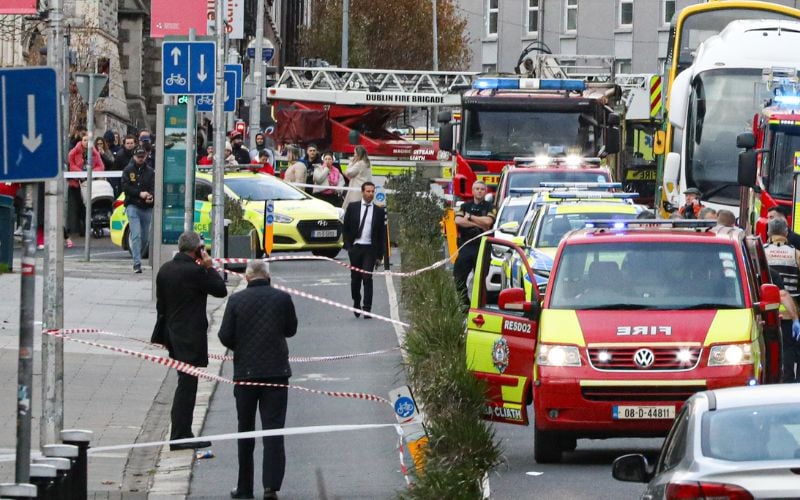Dr. Peter Boylan, former master of the National Maternity Hospital in Ireland, said during his testimony that Indian dentist Savita Halappanavar could have survived had she been granted an abortion earlier in her treatment, though it was not legally permissible.
"It is highly likely she would not have died" if she had been given a termination earlier, said Dr. Boylan during his testimony.
Dr. Boylan spoke as one of the expert witnesses called upon by coroner Dr. Ciaran MacLoughlin during the Savita Halappanavar inquest this week. In October, Halappanavar died following a miscarriage during her 17th week of pregnancy at University Hospital Galway.
During his testimony, Dr. Boylan said that if Halappanavar had been given a termination one or two days after she was admitted on Sunday October 21st, she would “on the balance of probabilities” still be alive, the Irish Times reports.
Savita’s husband Praveen told the inquest that he and his wife had requested a termination of the pregnancy three times during their first two days at the hospital. At that point, Savita was miscarrying at 17 weeks, but a foetal heartbeat was still present.
Dr. Boylan said that by 6:30AM on Wednesday October 24th, Savita had developed severe sepsis and there was a definite threat to her life.
"The real problem was the inability to terminate prior to Mrs. Halappanavar developing a real or substantive risk to her life," Dr Boylan said. "By that time it was effectively too late to save her life.”
Dr. Boylan added that University Hospital Galway’s guidelines on sepsis were “not particularly helpful.”
The particular antibiotics administered to Halappanavar early on the Wednesday could also be regarded as deficient, but were in line with international recommendations, he said.
Dr. Boylan added that none of the deficiencies in Savita’s care was on its own likely to result in her death. However, their cumulative effect was to delay treatment, and the effect of this was to increase the risk of mortality. Every hour’s delay in the treatment of sepsis increases the risk of mortality by 6 per cent.
Dr. Boylan did say earlier in his testimony that the initial care of Halappanavar was entirely appropriate in her first visit to the Galway hospital on October 21 when she said she had back pain.
However, when she returned later that same day, Halappanavar was noted to be distressed and had bulging membranes. It was noted she had an "inevitable impending pregnancy loss.”
Dr. Boylan said in his testimony that while it was clear that there were major problems with the pregnancy, there was nothing to indicate that there was a threat to Halappanavar’s life on Sunday October 21.
Even after Halappanavar’s membranes ruptured in the early hours of October 22, there was still no immediate threat to her life and that she remained in stable condition for the rest of the day.
However, according to Dr. Boylan, it was ultimately the accumulation of deficiencies in the care at University Galway Hospital that attributed to Halappanavar’s death. Dr. Boylan added that the note taking system at the Hospital was flawed.




Comments